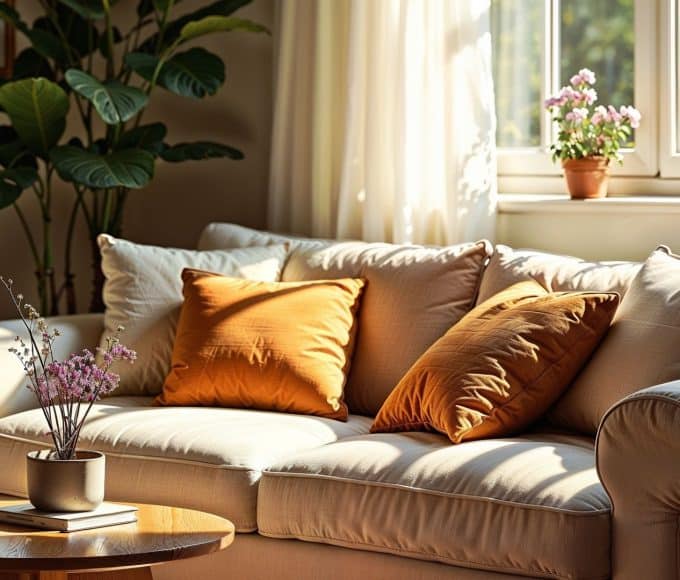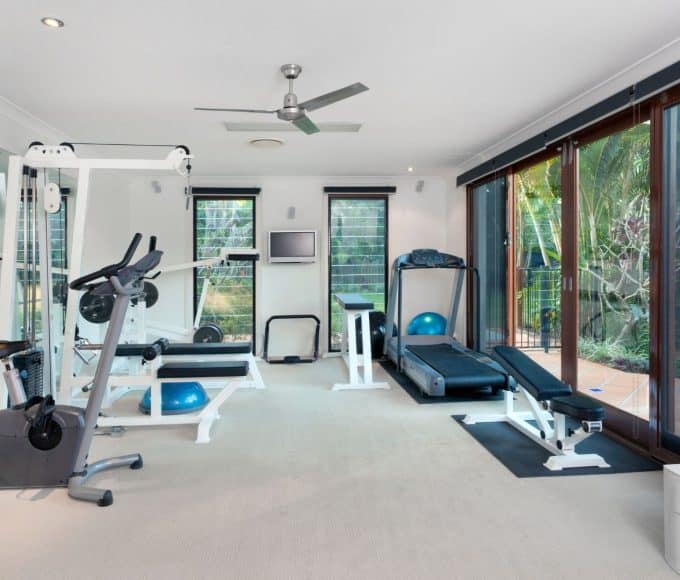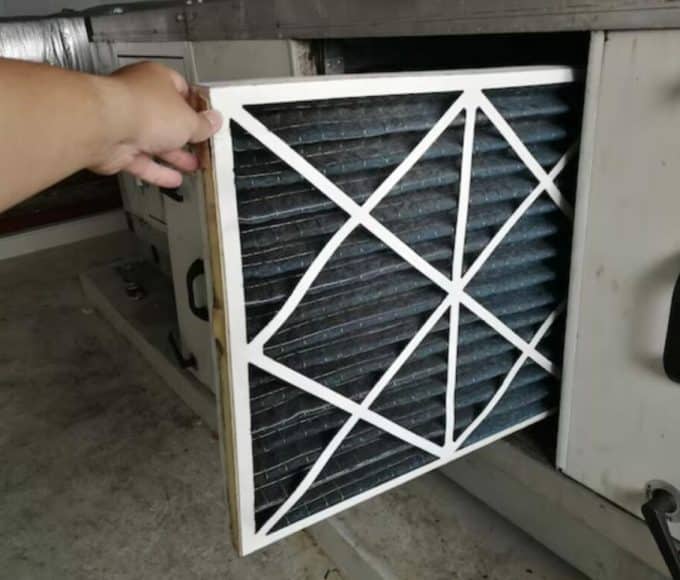Creating a peaceful and quiet home environment is essential for relaxation, focus, and overall well-being. With external noises, echoes, and even the hum of appliances constantly vying for our attention, finding ways to minimize sound disturbances can feel overwhelming. The good news? There are smart strategies for creating a quieter home, and many of them are easier to implement than you might think. Explore our guide to transform your home into a haven of calm.
Investing in Soundproof Windows
A lot of noise often comes from the hustle and bustle outside, whether it’s traffic, construction, or nearby neighbors. Investing in soundproof windows can drastically reduce the amount of outside noise that enters your home. Soundproof windows are designed with double or triple panes of glass that buffer noise and improve insulation. If replacing your windows is outside of your budget, consider adding a sealant or using weatherstripping to close any gaps where sound might sneak in.
Choosing Sound-Absorbing Furniture
Empty or minimalistic rooms tend to amplify sounds, making echoes a common problem. Choosing furniture pieces that absorb sound rather than reflect it can make a world of difference.
Upholstered sofas and armchairs, thick rugs, and padded headboards are excellent for absorbing noise. For instance, a plush area rug in the living room won’t just look cozy—it’ll also work wonders in muffling footsteps and conversations. Adding bookshelves filled with books can also help reduce echoes.
Checking Your Appliances
Household appliances can contribute to a surprising level of background noise. Radon fans, for example, are essential systems in many homes, but they can also be noisy since they run continuously. There are ways to soundproof your radon fan system by using insulated ductwork or positioning the fan in a less-trafficked area of your home. Similarly, checking other appliances like refrigerators, washing machines, or air conditioners for unnecessary clunking or vibrating noises is worth the effort.
Using Thick Curtains and Drapes
Thick curtains and drapes are a practical yet stylish way to block out unwanted noise. Materials like velvet or thermal-lined fabric are particularly effective in absorbing sound. Not only do they reduce external sounds entering through windows, but they also help dampen indoor echoes. Positioning curtains close to the ceiling and long enough to touch the floor creates the best results. As a bonus, these curtains also improve your home’s energy efficiency by controlling heat and cold.
Installing Soundproofing Panels
For those looking for a more targeted approach, soundproofing panels can help reduce noise significantly. Available in a variety of colors and designs, these panels add a decorative element to walls while working hard to absorb sound. Whether you place them in a home office, media room, or bedroom, they’re versatile and easy to install. Acoustic foam panels are especially useful for blocking noise from adjoining rooms or absorbing sound from entertainment systems.
Creating a quieter environment doesn’t have to mean an elaborate overhaul of your home. Small changes, like switching out furniture or soundproofing your radon fan system, can create noticeable improvements. By combining some of these smart strategies, you can enjoy a space where work, rest, and socializing happen with far fewer distractions.
Recommended reading: Things in Your Home That Are Making Your Allergies Worse














